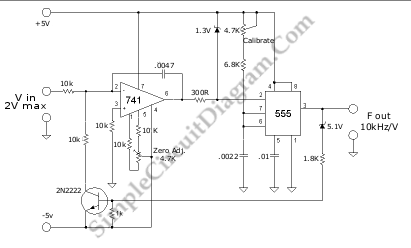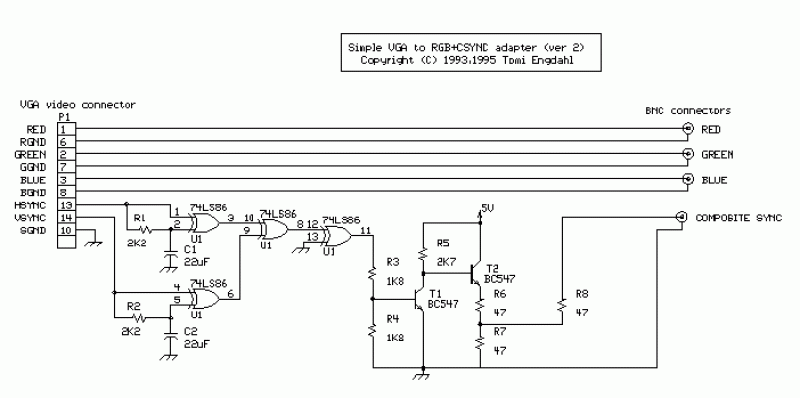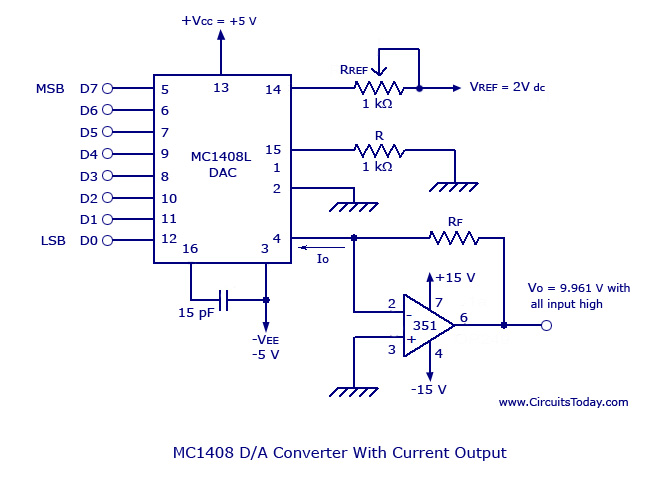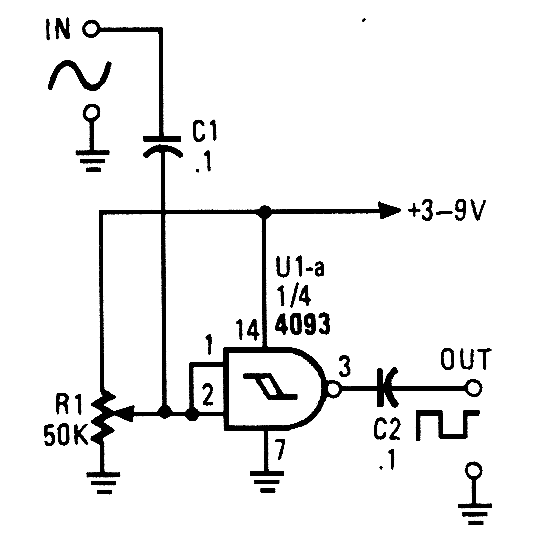
AM To FM converter
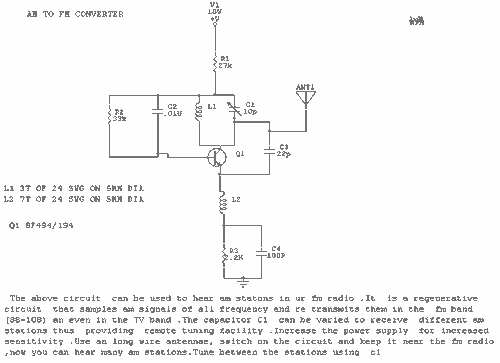
This circuit can be used to receive AM stations in an FM radio. It is a regenerative circuit that samples AM signals of all frequencies and retransmits them in the FM band or in the TV band.
The described circuit functions as a regenerative receiver, allowing for the reception of amplitude modulation (AM) signals and their subsequent retransmission in frequency modulation (FM) or television (TV) bands. The regenerative aspect of the circuit enhances the sensitivity and selectivity of the receiver, enabling it to effectively capture weak AM signals.
At the core of the circuit is a tuned circuit comprising an inductor and a variable capacitor, which together form a resonant circuit capable of selecting the desired AM frequency. The input stage typically consists of an RF amplifier to boost the strength of the incoming AM signal before it is processed further. This stage is crucial for improving the overall performance of the circuit, particularly in environments with significant electromagnetic interference.
The regenerative feedback loop is established by connecting a portion of the output back to the input, which amplifies the signal further. This feedback mechanism is carefully controlled to avoid oscillation, ensuring that the circuit remains stable while enhancing the signal quality. The output stage of the circuit includes a demodulator, which extracts the audio information from the AM signal. This audio signal is then modulated onto an FM carrier wave for transmission.
The FM modulation stage can be implemented using a varactor diode or a voltage-controlled oscillator (VCO) to achieve frequency modulation based on the demodulated audio signal. The output can be transmitted through an antenna designed for the FM or TV band, allowing the regenerated AM signal to be received by standard FM radio equipment or television receivers.
This circuit design can be particularly useful for hobbyists and engineers looking to experiment with radio frequency applications and provides an interesting method for bridging AM and FM technologies. Proper attention should be given to component selection, especially in terms of the quality of the inductors and capacitors used, to ensure optimal performance and minimal distortion in the transmitted signal.This circuit can be used to recieve AM stations in an FM radio. Is a regenerative circuit that samples AM signals of all frequency and retransmits them in the FM band or in TV band. 🔗 External reference
The described circuit functions as a regenerative receiver, allowing for the reception of amplitude modulation (AM) signals and their subsequent retransmission in frequency modulation (FM) or television (TV) bands. The regenerative aspect of the circuit enhances the sensitivity and selectivity of the receiver, enabling it to effectively capture weak AM signals.
At the core of the circuit is a tuned circuit comprising an inductor and a variable capacitor, which together form a resonant circuit capable of selecting the desired AM frequency. The input stage typically consists of an RF amplifier to boost the strength of the incoming AM signal before it is processed further. This stage is crucial for improving the overall performance of the circuit, particularly in environments with significant electromagnetic interference.
The regenerative feedback loop is established by connecting a portion of the output back to the input, which amplifies the signal further. This feedback mechanism is carefully controlled to avoid oscillation, ensuring that the circuit remains stable while enhancing the signal quality. The output stage of the circuit includes a demodulator, which extracts the audio information from the AM signal. This audio signal is then modulated onto an FM carrier wave for transmission.
The FM modulation stage can be implemented using a varactor diode or a voltage-controlled oscillator (VCO) to achieve frequency modulation based on the demodulated audio signal. The output can be transmitted through an antenna designed for the FM or TV band, allowing the regenerated AM signal to be received by standard FM radio equipment or television receivers.
This circuit design can be particularly useful for hobbyists and engineers looking to experiment with radio frequency applications and provides an interesting method for bridging AM and FM technologies. Proper attention should be given to component selection, especially in terms of the quality of the inductors and capacitors used, to ensure optimal performance and minimal distortion in the transmitted signal.This circuit can be used to recieve AM stations in an FM radio. Is a regenerative circuit that samples AM signals of all frequency and retransmits them in the FM band or in TV band. 🔗 External reference

